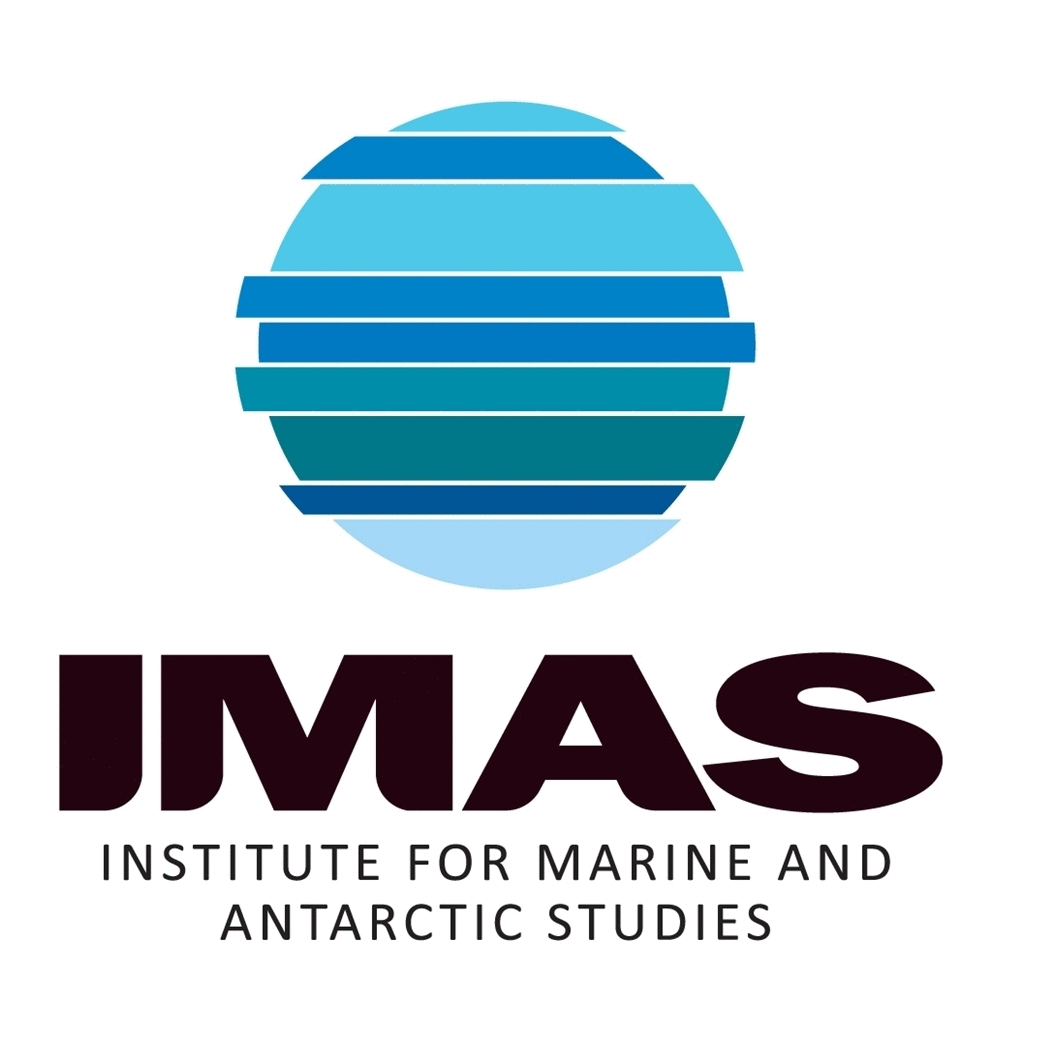Utilisation of the introduced New Zealand screwshell (Maoricolpus roseus) by native hermit crabs in eastern Tasmania - depth-related variance in shell occupancy
Interactions between native and introduced species can help to elucidate the impact of exotic species on the broader community. This work examines utilisation of an introduced gastropod, the New Zealand screwshell (Maoricolpus roseus) by native hermit crabs in eastern Tasmania.
Variation in shell occupancy by hermit crabs was examined across different depths (10, 20, 30 and 40m) within a single site (Dennes Point, SE Tasmania).
Sediment cores were taken from 10 and 20 m to compare sediment size structure. A sediment preference trial using the hermit crab Paguristes tuberculatus was also carried out (using sediment from 10m and 20m) to try and determine the low level of hermit crab occupancy at 20m (compared with that at 10m).
Simple
Identification info
- Date (Creation)
- 2008-05-27T13:04:00
Principal investigator
- Purpose
- To examine the association between Maoricolpus roseus and hermit crabs - and thereby identify potential impacts of this introduced screwshell on native populations of hermit crabs in eastern Tasmania - specifically looking at depth-related variation in occupancy and utilisation of M. roseus shells by hermit crabs.
- Credit
- School of Zoology, University of Tasmania
- Credit
- Natural Heritage Trust (NHT) Grant
- Status
- Completed
Principal investigator
Point of contact
- Spatial representation type
- Text, table
- Topic category
-
- Biota
Extent
))
Temporal extent
- Time period
- 2003 2003
Vertical element
- Minimum value
- 10
- Maximum value
- 40
- Maintenance and update frequency
- Not planned
Resource format
- Title
- Excel
- Date
- Edition
- 2003
- Global Change Master Directory Earth Science keywords v.5.3.8
-
- Biosphere | Zoology | Crustaceans
- Biosphere | Zoology | Mollusks
- CAAB - Codes for Australian Aquatic Biota v2
-
- 24 079001
- Maoricolpus roseus
- Australian and New Zealand Standard Research Classification (ANZSRC): Fields of Research
- Keywords (Theme)
-
- Shell length
- Shell width
- Shell weight
- Hermit crab occupancy
Resource constraints
- Classification
- Unclassified
Resource constraints
- Use limitation
- The data described in this record are the intellectual property of A. Reid.
Resource constraints
- Linkage
-
http://i.creativecommons.org/l/by/2.5/au/88x31.png
License Graphic
- Title
- Creative Commons Attribution 2.5 Australia License
- Website
-
http://creativecommons.org/licenses/by/2.5/au/
License Text
- Other constraints
- The citation in a list of references is: citation author name/s (year metadata published), metadata title. Citation author organisation/s. File identifier and Data accessed at (add http link).
- Other constraints
- This data is yet to be published, please contact the researcher for access to the data.
Associated resource
- Title
- Utilisation of the introduced New Zealand screwshell Maoricolpus roseus by native hermit crabs in eastern Tasmania
- Date (Creation)
- 2008-06-23T16:34:00
- Language
- English
- Character encoding
- UTF8
- Supplemental Information
- Part of honours thesis work: Reid, A.P. 2003. Utilisation of the introduced New Zealand screwshell (Maoricolpus roseus) by native hermit crabs in eastern Tasmania: Indications of potential impact. University of Tasmania, Honours Thesis.
Content Information
- Content type
- Physical measurement
- Name
- Shell length
- Name
- Shell width
- Name
- Shell weight
- Name
- Hermit crab occupancy
Distribution Information
- Distribution format
-
- Excel
Distributor
Resource lineage
- Statement
- Maoricolpus roseus were collected from 1 site in south eastern Tasmania using a modified scallop dredge towed at an average speed of 1 knot for a period of 5 minutes: Dennes Point 43°03.618 S 147°19.703 E (taken at 10, 20, 30 and 40m)
- Hierarchy level
- Dataset
Resource lineage
- Statement
- Sediment size 4 sediment cores of 150mm diameter x 100mm deep were taken from both the 10m and 20m depths at Dennes Point by SCUBA divers. Cores were passed over a standard sieve series ranging from 2mm to 63µm. The relative abundance of each fraction was determined after drying samples at 55°C for 48 hours.
- Hierarchy level
- Collection session
Resource lineage
- Statement
- A sub-sample of approx 300 Maoricolpus roseus shells were used from each site. Shell length and width were measured to the nearest 0.1 mm using Vernier callipers (shell length = longest distance of the shell from apex to anterior and width = widest part, below aperture). Shell weight was measured to the nearest 0.01g after drying at 110°C for 24 hours. Spire damage was given a relative score of 0-3. Shells were also scored as live, dead and available or dead and unavailable. Shells were broken, and if hermit crabs were present, they were identified to species, sexed and carapace measured with Vernier callipers to the nearest 0.1mm.
- Hierarchy level
- Dataset
Resource lineage
- Statement
- Sediment preference trial using the hermit crab Paguristes tuberculatus Two substrate types (sediment taken at 10m and 20m) were placed in a plastic container (165x110x55mm) separated by a 15mm plastic divider in the middle of the container. Seawater at 14°C was added to each of the 28 replicate containers. Individual P. tuberculatus were placed in the middle of each container. The substratum type occupied was recorded at 1,2,3,4,5,6,12,24 and 48 hours - with the final sediment type occupied classified as preferred.
- Hierarchy level
- Dataset
Metadata
- Metadata identifier
- 2a78d8d0-2c58-11dd-bcd1-00188b4c0af8
- Language
- English
- Character encoding
- UTF8
Point of contact
Type of resource
- Resource scope
- Dataset
- Metadata linkage
-
https://metadata.imas.utas.edu.au/geonetwork/srv/eng/catalog.search#/metadata/2a78d8d0-2c58-11dd-bcd1-00188b4c0af8
Point of truth URL of this metadata record
- Date info (Creation)
- 2021-03-30T00:12:33
- Date info (Revision)
- 2021-03-30T00:12:33
Metadata standard
- Title
- ISO 19115-3:2018
Overviews
Spatial extent
))
Provided by

 IMAS Metadata Catalogue
IMAS Metadata Catalogue